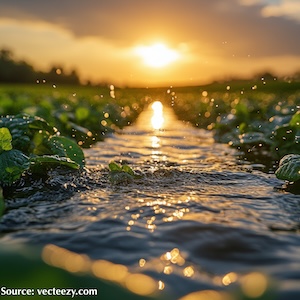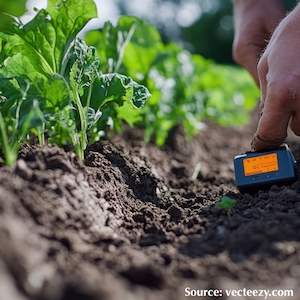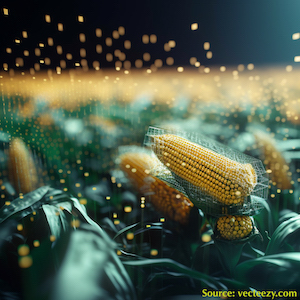Environmental impact assessment of maize cultivation system considering different irrigation methods

All claims expressed in this article are solely those of the authors and do not necessarily represent those of their affiliated organizations, or those of the publisher, the editors and the reviewers. Any product that may be evaluated in this article or claim that may be made by its manufacturer is not guaranteed or endorsed by the publisher.
Accepted: 15 April 2025
Authors
Maize is a key crop for the livestock sector being able to produce different fodder. Among these, ear maize silage is widely used as an energy source in the diets of pigs, dairy cows and fattening cattle. Given the variability of rainfall, irrigation plays a relevant role to achieve both satisfactory productivity and product quality. In this context, it is essential to explore the sustainability of different irrigation methods for maize cultivation.In this study, Life Cycle Assessment (LCA) was applied to evaluate the environmental impact of maize farms using different irrigation systems: pivot, drip, flood, and hose irrigation. One ton of ear maize silage at 48% moisture content was selected as functional unit and a “from cradle to farm gate” was considered as system boundary . Primary inventory data were collected mainly by surveys and interviews with the farmers. The Environmental Footprint 3.1 method was used to assess 14 impact categories. The results do not allow to clearly identify the best irrigation method across all environmental impact categories, therefore highlighting the need of trade-offs. While yield is the primary driver of environmental impacts, the influence of irrigation remains significant. Climate change was found to range from 116.66 kg CO2 eq./t of ear maize for flood irrigation to 207.42 kg CO2 eq./t for hose irrigation. Water use varied from 2178.29 m³ depriv./t for pivot irrigation to 10380.65 m³ depriv./t for flood irrigation. Regarding the contribution analysis, changing the considered environmental impact the main contribution varies, for example nitrous oxide is the main responsible to climate change, ammonia to particulate matter and acidification while nitrate and ammonia emissions to marine eutrophication. In conclusion, this study provides a basis for evaluating different irrigation methods, emphasising that irrigation plays a significant role in the overall environmental impact of maize cultivation, regardless of the end product.
Supporting Agencies
Lombardy RegionHow to Cite

This work is licensed under a Creative Commons Attribution-NonCommercial 4.0 International License.









